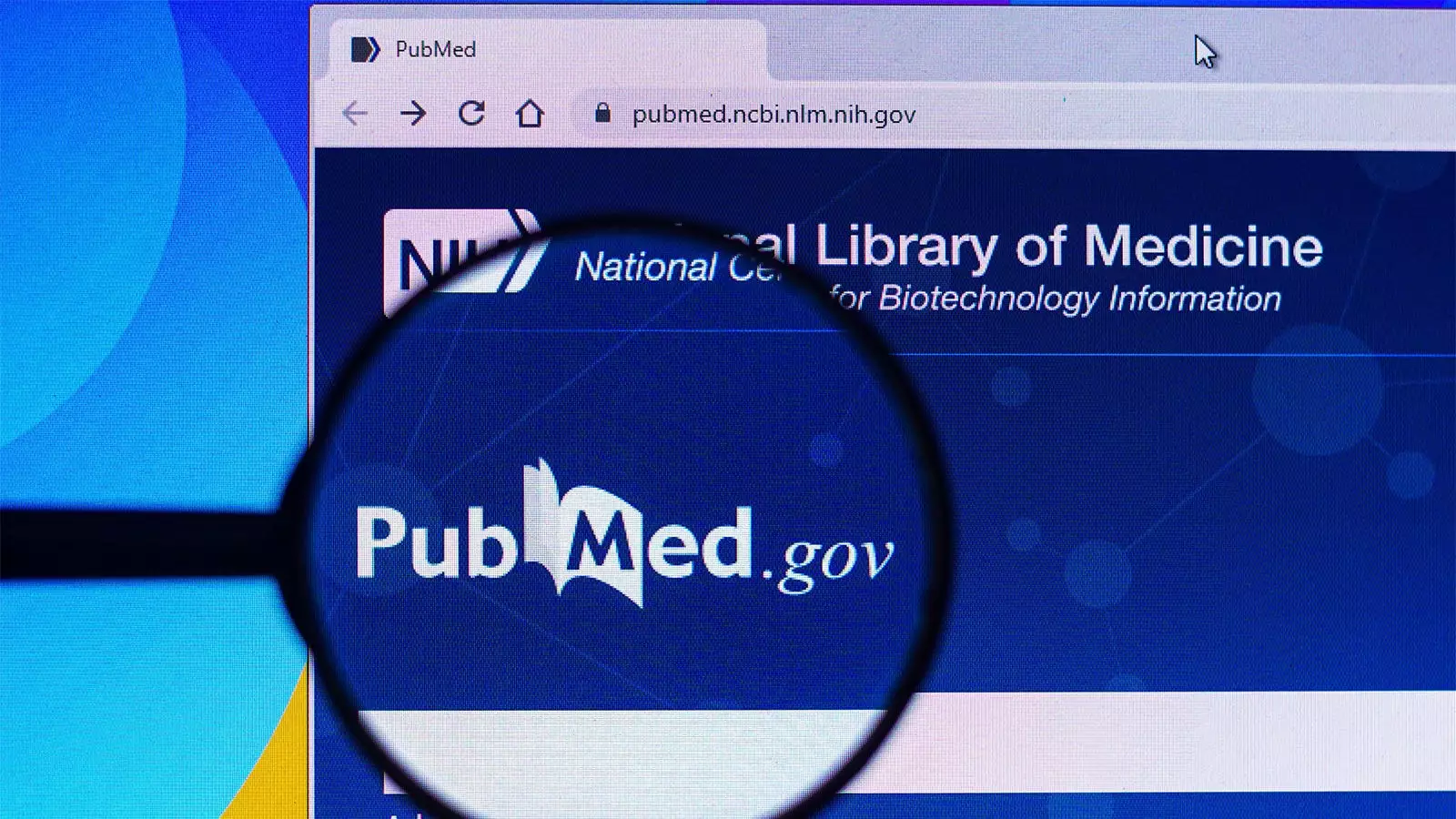The scientific community thrives on transparency and integrity, particularly concerning conflicts of interest (COIs) that may bias research findings. The introduction of a voluntary field for COI statements in PubMed abstracts by the National Library of Medicine in 2017 aimed to enhance this transparency. However, a recent investigation reveals that the adoption of this feature has been alarmingly slow among the majority of scientific journals. With an analysis indicating a growth from 25.9% to merely 33.2% of journals utilizing this field over a five-year span, the conversation around the necessity for stricter adherence to COI disclosure is more critical than ever.
Recent studies conducted by Lurie et al. highlight an upward trend in the number of articles with COI statements published in journals indexed on PubMed. The increase from only 9% in 2016 to 43% in 2021 is a positive development, showcasing a growing awareness of the importance of disclosing potential conflicts in scientific literature. Nevertheless, these figures still reflect a significant gap; implying that a vast majority of articles remain without proper COI disclosures. Particularly troubling is the finding that among high-impact journals, which often lead the way in scientific publishing standards, a mere 30.2% of articles included a COI statement, with only 63.3% of those being properly linked to the PubMed COI field.
Despite the apparent push for greater transparency, several underlying factors contribute to the ongoing underutilization of the PubMed COI field. Firstly, many journals either ignore the designated field entirely or fail to employ it consistently. This inconsistency often stems from idiosyncratic approaches to COI reporting within journals, where some common standards remain unclear. Dr. Peter Lurie emphasizes that the lack of uniformity results in a confusing landscape for researchers, affecting how they are instructed to report COIs. Each journal’s individual policy can vary dramatically, leading to inconsistent disclosures.
Another potential barrier is the mismatch between what is reported in published articles versus what is transmitted to PubMed. In many cases, COI details may be mentioned in funding acknowledgments or other sections but not in a dedicated COI statement. This failure to align the reporting mechanism with the established PubMed fields complicates the situation further. Therefore, while a funding acknowledgment may exist, without its clear identification as a COI statement, it thus fails to reach the transparency threshold that PubMed aims to uphold.
The implications of insufficient COI disclosures are profound. When researchers, readers, and policymakers lack consistent access to COI information, the foundations of trust in scientific research are shaken. Research output influenced by undisclosed conflicts poses risks not only to academic integrity but also to public health and policy decisions based on that research. As the scientific literature expands, so too does the imperative for upholding ethical standards that protect against biases that could alter study outcomes or public perceptions.
To address the current discrepancies, greater outreach and education efforts from the National Library of Medicine toward journals that do not utilize the COI statement field are essential. By fostering a culture of adherence to the COI guidelines, the integrity of published research can be bolstered significantly. The development and dissemination of standardized protocols could help simplify the reporting process. This will ensure that journals have the necessary tools for consistent adoption, thereby improving the quality of information accessible in the PubMed database.
It is also crucial for journals to incorporate better training for editors and staff responsible for managing submissions. The academic community must initiate dialogues aimed at reinforcing the importance of robust COI disclosures, facilitating a shift towards a more universally understood standard of transparency.
The shift towards comprehensive COI disclosure in scientific publishing is essential for preserving the integrity of research. Despite improvements in the number of disclosures since the introduction of the PubMed COI field, significant gaps remain. A commitment to standardized reporting practices, coupled with robust outreach efforts, can help close these gaps. As the scientific community strives for transparency, maintaining the trust and confidence of the public and stakeholders relies heavily on the assertion that research is free from the shadows of undisclosed conflicts of interest.

Leave a Reply